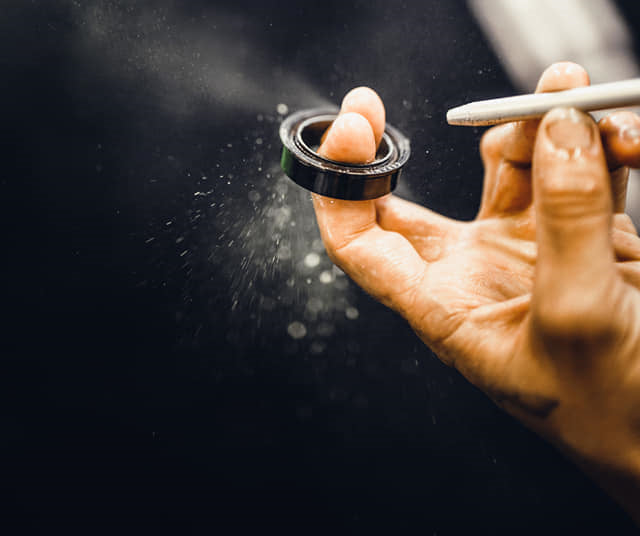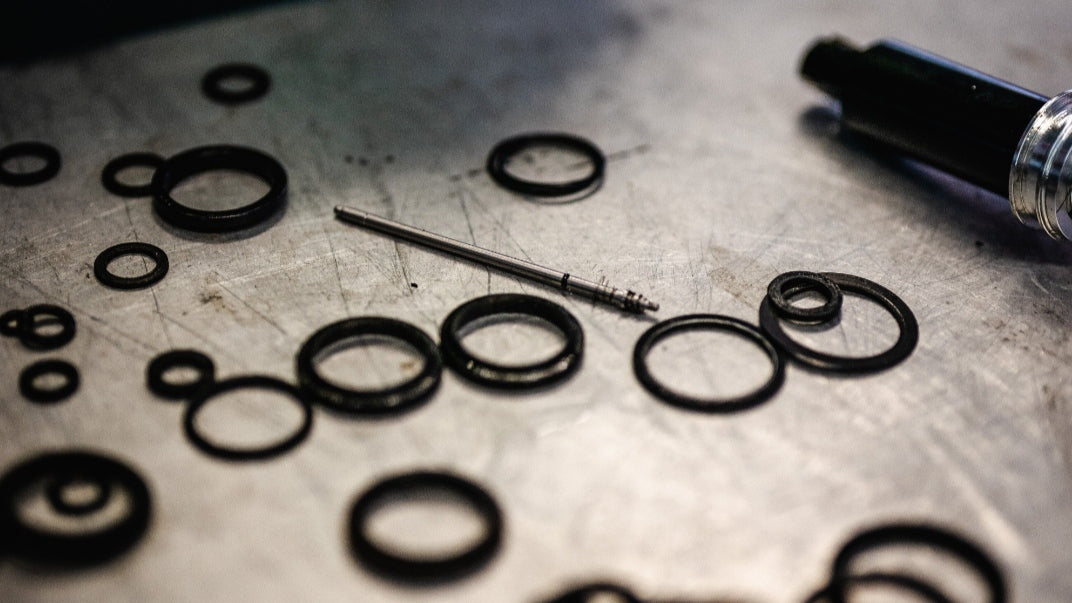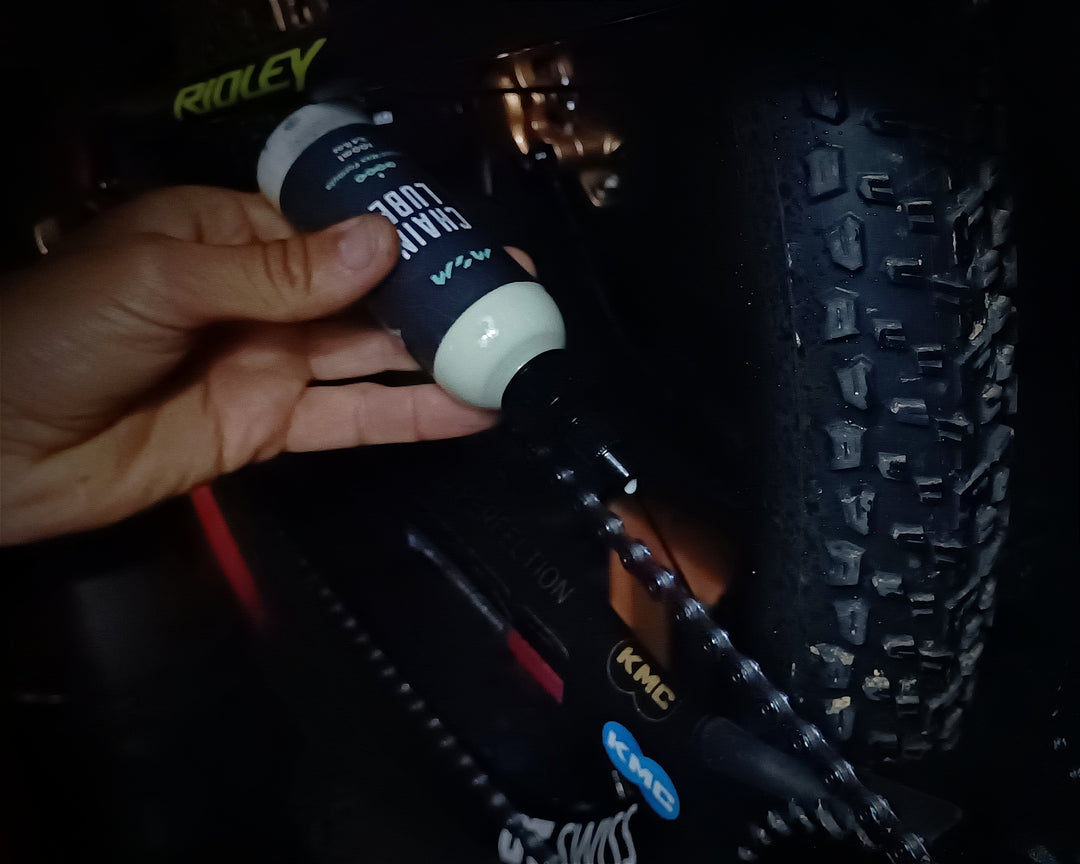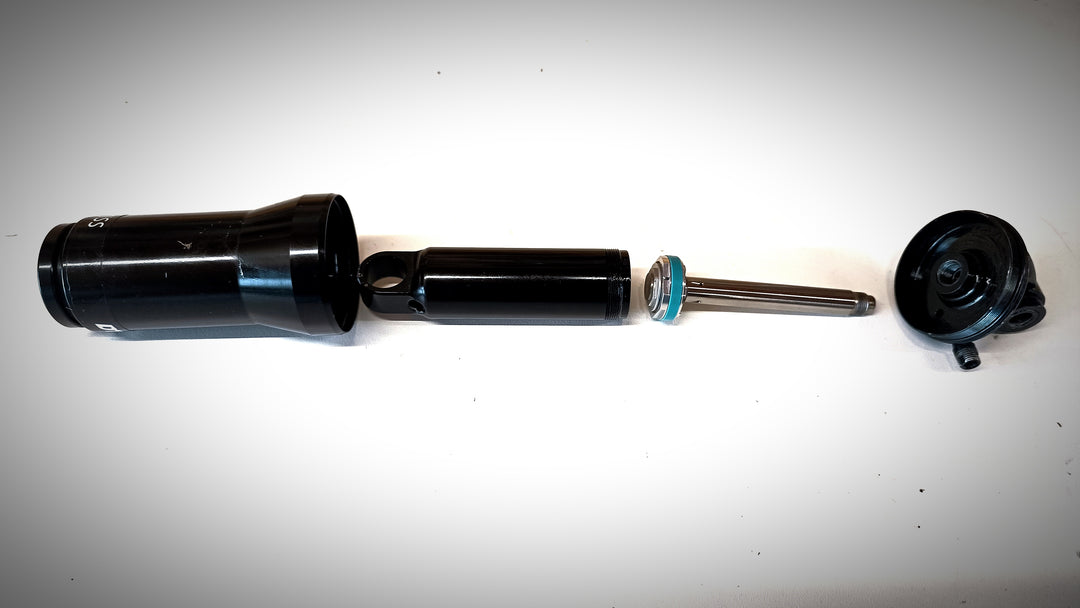Bearings Maintenance and Rebuilds

Essential Tips for Maintaining Bicycle Bearings
Bearings are vital for smooth bike operation, and regular maintenance helps ensure safety and speed. In this article, I share insights on proper bearing maintenance and rebuilding to extend component life and enhance performance.
The Right Approach
Precision is key in bearing maintenance. Each step, from disassembly to inspection and lubrication, requires high-quality tools. Many tools needed for this work are custom-made with help from a local turner specialist.

Cleaning and Inspection
Bearings are cleaned with specialized solutions, then fully dried with an air compressor. After cleaning, each bearing is inspected for performance to ensure it’s in good condition.

Heating and Lubrication
During tuning, bearings are heated and spun to mimic real riding conditions. A custom grease blend with Low Friction Resistance (LFR) and High Pressure Resistance (HPR) additives is applied to enhance rotation and performance.

When to Replace a Bearing
Replace bearings if they develop play or excessive noise and vibrations. Interestingly, in the World Cup, used bearings often perform better due to being broken in.
Conclusion
Regular bearing maintenance with quality tools and specialized techniques ensures optimal performance and safety. Pay attention to bearing condition, use high-quality tools, and follow proper maintenance practices to extend your bike’s lifespan and improve performance on all terrains.




